Terms
While we only use edited and approved content for Azthena
answers, it may on occasions provide incorrect responses.
Please confirm any data provided with the related suppliers or
…
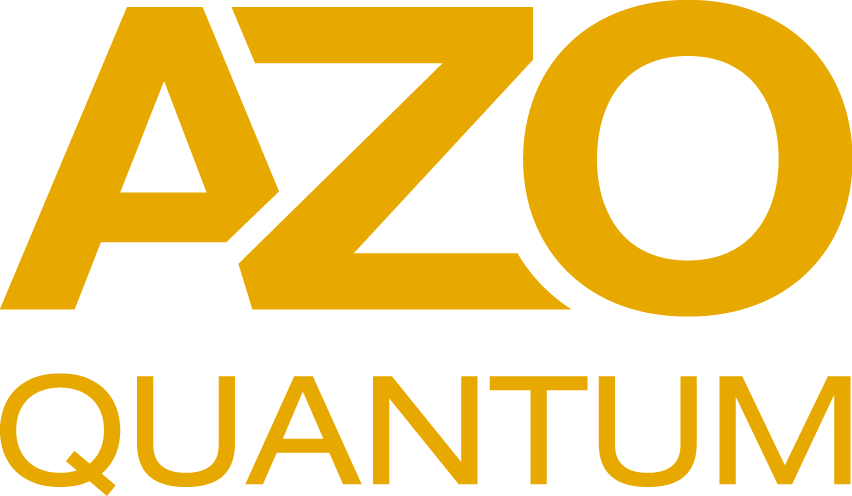
Terms
While we only use edited and approved content for Azthena
answers, it may on occasions provide incorrect responses.
Please confirm any data provided with the related suppliers or
…

DALBANDIN: Security forces successfully eliminated six Fitna-al-Hindustan terrorists during an operation in Dalbandin, Chagai district, Balochistan.
As per security forces sources, the terrorists had taken refuge in a cave under continuous aerial…

The Pakistan government has decided to completely revamp the design of the national passport, introducing a modern look that highlights the country’s cultural and architectural heritage while adding advanced…
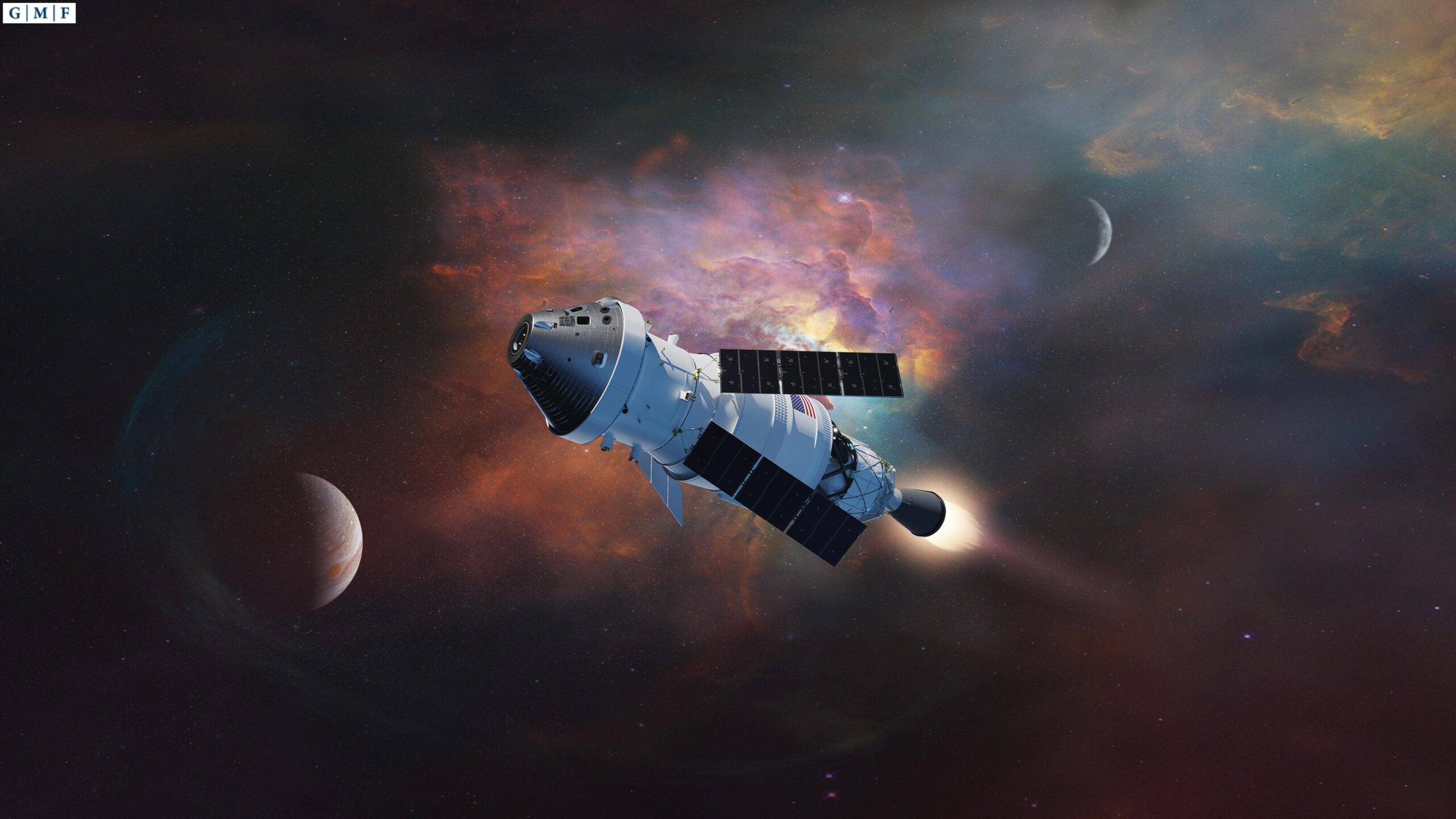
Government ambitions in space are approaching what some may still think of as science fiction. In August 2025, NASA set a 2030 target for construction of a lunar nuclear reactor to support the US-led and EU-supported Artemis program’s plan for a permanent moon base. While this target faces significant technical and financial challenges, it reflects a real sprint to outcompete autocratic rivals. China and Russia are coordinating on a similar “International Lunar Research Station” powered by a nuclear reactor for completion in the mid-2030s.
Emerging technologies are key drivers of this new space race. Analysts with experience at the European Space Agency, NASA, MIT, and in the private space sector argue that these technologies could make a cislunar economy—economic activity spanning Earth, the Moon, and the space between—feasible by mid-century, though experts debate when key capabilities will mature. Key technologies include:
The United States and the EU already support these industries; the EU’s draft Space Act and the Trump administration’s August executive order on commercial space development each signal backing for the industry. Yet, staying ahead of China demands more. Allies should leverage complementary strengths by investing in each other’s commercial space sectors and reducing barriers to integrating advanced capabilities. These steps will not suffice by themselves, but they would materially boost competitiveness—positioning the United States and the EU to outpace China and unlock the cislunar economy.

Humans evolved large brains and flat faces at a surprisingly rapid pace compared to other apes, likely reflecting the evolutionary advantages of these traits, finds a new analysis of ape skulls by UCL researchers.
The paper, published in the…
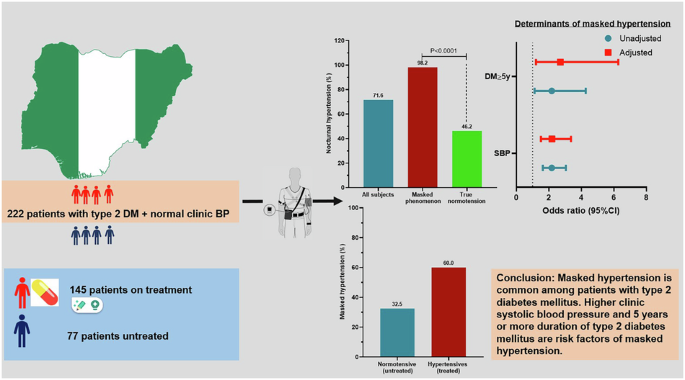
Franklin SS, O’Brien E, Thijs L, Asayama K, Staessen JA. Masked hypertension a phenomenon of measurement. Hypertension. 2015;65:16–20.
Google Scholar
Williams B, Mancia G,…
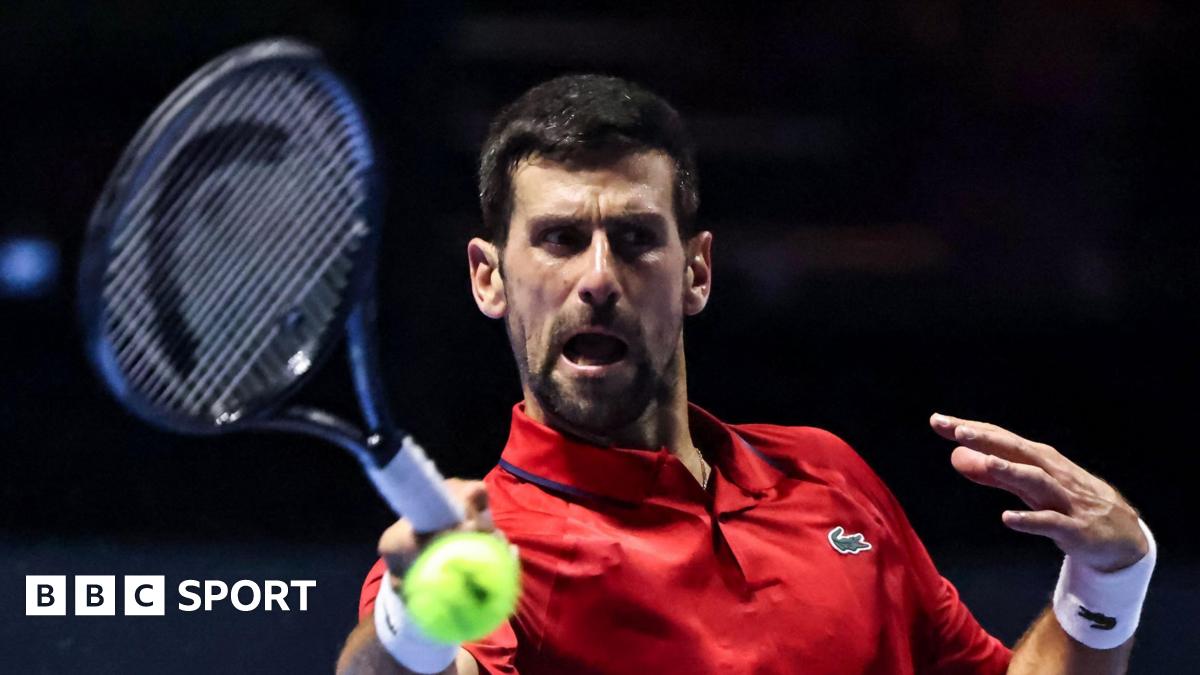
It has been clear throughout the season that Djokovic’s ageing body is, understandably, not able to withstand the rigours needed to win the sport’s biggest prizes as well as it used to.
He still has the technical quality to challenge most of the…
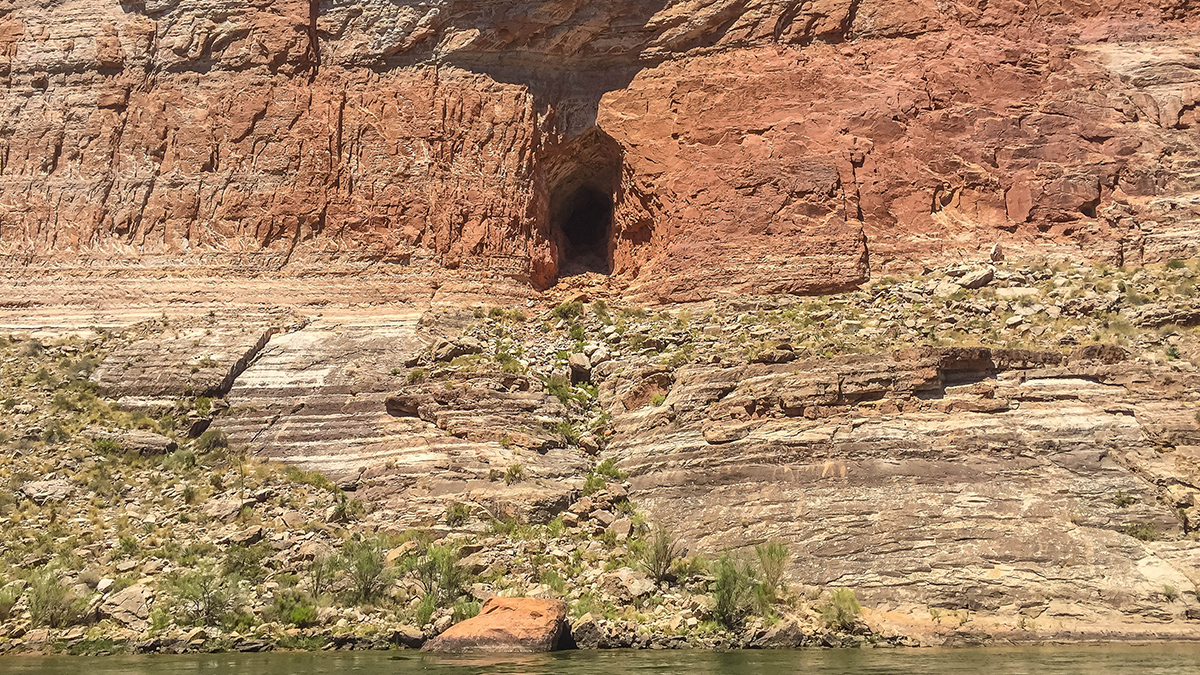
When it comes to famous holes in the ground, northern Arizona has two: Grand Canyon and Barringer Meteorite Crater.
New research now suggests that these famous depressions might, in fact, be linked—the impact that created the crater…

– Advertisement –
ISLAMABAD, Oct 22 (APP):A division bench of the Islamabad High Court (IHC) on Wednesday suspended the verdict of single member bench regarding holding of local body elections in federal capital within four months.
The division…

Japan’s Hashimoto Daiki captured the men’s all-around gold medal Wednesday evening (22 October) at the 2025 World Gymnastics Championships in Jakarta, Indonesia.
The 24-year-old earned a total score of 84., holding off an impressive challenge…